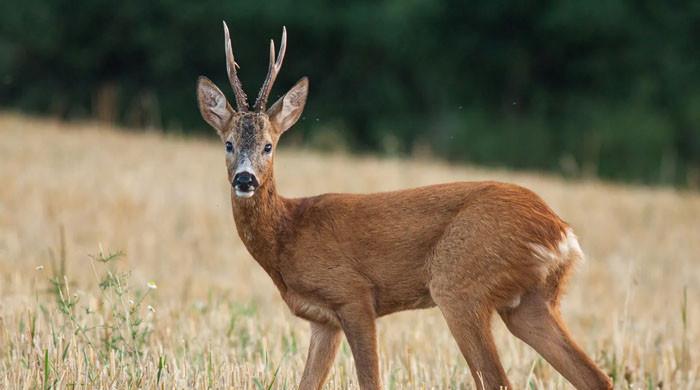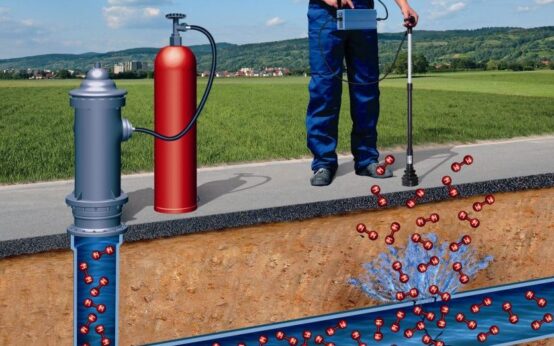[ad_1]

The Missouri Department of Conservation (MDC) is informing deer hunters that on November 11 and 12, the first weekend of the firearms season, it will once more be required to conduct Chronic Wasting Disease (CWD) sampling.
When harvesting deer in any of the 39 counties that make up the MDC CWD Management Zone, hunters must transport their harvested animal, or the head, to one of the many CWD sample sites that are mandated by MDC and are spread out over the CWD Management Zone on the same day of harvest.
Open from 7:30am to 8pm, stations will provide free sampling and test results.
Adair, Barry, Barton, Bollinger, Caldwell, Carroll, Cedar, Chariton, Clay, Clinton, Crawford, Dallas, Franklin, Gasconade, Grundy, Hickory, Jasper, Jefferson, Linn, Livingston, Macon, Madison, Montgomery, Oregon, Perry, Polk, Pulaski, Putnam, Ray, Ripley, Schuyler, St Clair, St Francois, Ste. Genevieve, Stone, Sullivan, Taney, Vernon, and Washington are the counties that are affected by the mandatory sampling.
As part of its CWD Management Zone, MDC specifies counties where CWD has been identified as well as counties that are within ten miles of those locations.
Deer and other members of the deer family (cervids) are susceptible to CWD, a devastating infectious illness that eventually kills every animal it infects. There’s no treatment or vaccination. Deer who come into direct touch with one another, improperly dispose of their carcasses, or come into contact with infected materials from other deer can all spread chronic wasting disease (CWD).
By getting their deer tested, adhering to carcass-movement limits, and observing other CWD requirements, hunters play a crucial part in assisting MDC in identifying and managing the illness.
“Mandatory CWD sampling significantly increases the number of tissue samples we can collect in a relatively short period of time,” said MDC Cervid Program Supervisor Jason Isabelle.
“The large number of samples collected during mandatory CWD sampling gives us a solid understanding of the distribution and prevalence of the disease — where it is and how many deer may have it. It can also help us find new cases in new areas so disease management can begin as soon as possible to slow the spread of CWD and protect Missouri’s deer population,” he added.
[ad_2]
Source link


 Best Underground Water Leak Detection Equipment 2024
Best Underground Water Leak Detection Equipment 2024  Best Backyard Ideas: Turn Your Outdoor Area Into a Creative and Calm Haven
Best Backyard Ideas: Turn Your Outdoor Area Into a Creative and Calm Haven  Babar, Rizwan are good players but not whole team, says Mohammad Hafeez
Babar, Rizwan are good players but not whole team, says Mohammad Hafeez  Pak vs NZ: Green Shirts aim to bounce back against Kiwis today
Pak vs NZ: Green Shirts aim to bounce back against Kiwis today